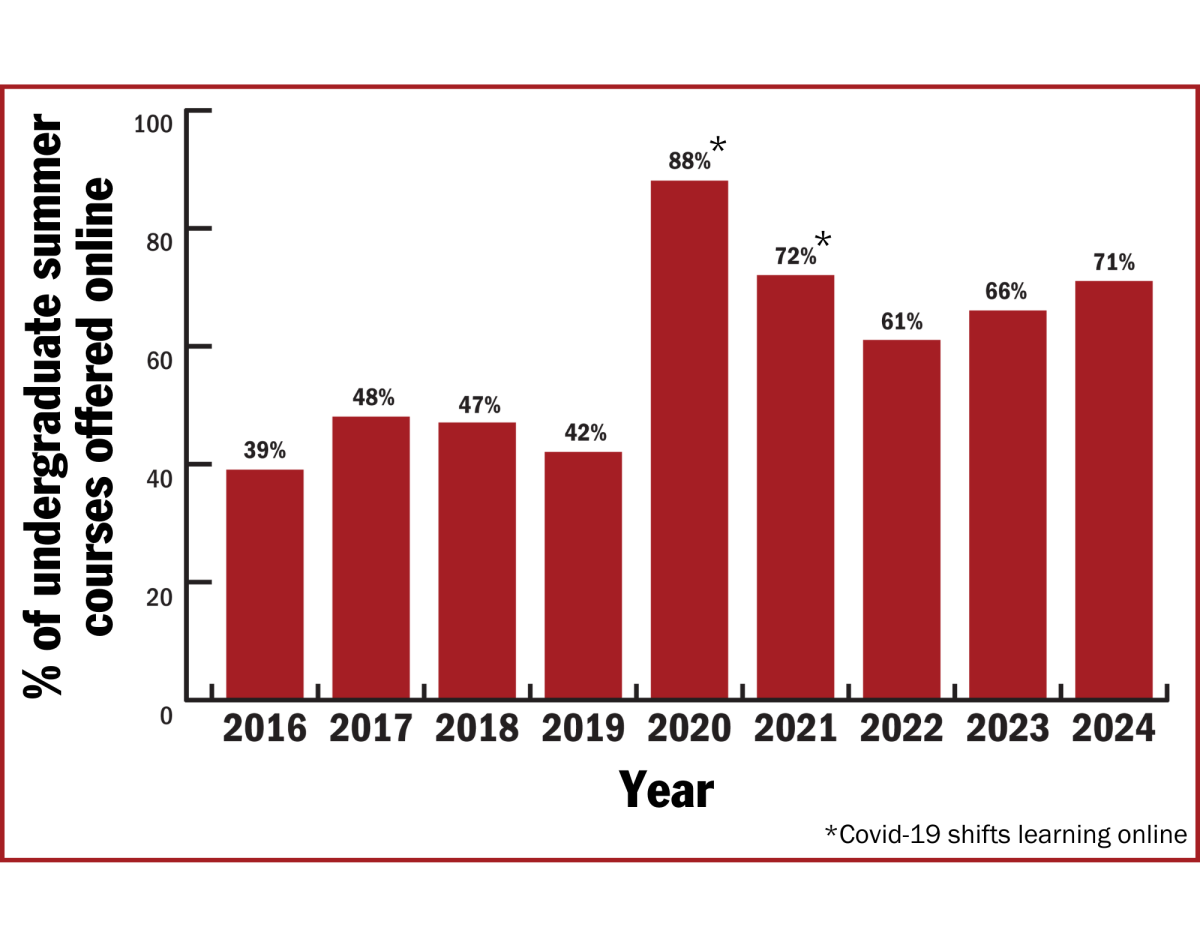Delving into the absence of women in STEM
As our society is geared more and more towards equity for all, we need to discuss a certain problem that is still happening within our society: the fact that there are few women in the fields of science, technology, engineering and mathematics (STEM). These fields are still predominantly controlled by men.
In recent studies, women only make up around 25 percent of computer or mathematics related jobs, and only about 14 percent of architecture and engineering jobs in the U.S. This is not surprising, but it is still appalling. Often, when women are hired within these fields, they tend to get paid less than their male counterparts.
Women in STEM positions get paid about 79.2 percent of their male colleagues’ earnings, meaning they get about 79 cents to every dollar a man makes. For the same position, needing the same qualifications, there is something definitely skewed about these numbers regarding gender.

I feel that these inequalities start from a young age, when boys and girls are put on different paths in school when it comes to future careers and their natural capabilities. There are gender stereotypes that are ingrained into our society. Sadly, many of us perpetuate them without realizing it and leave girls in the dust when it comes to pursuing STEM.
According to a study conducted by Lin Bian of Cornell University, girls aged five are likely to say that they are “really really smart,” then girls aged six and older said they associate the idea of intellectual brilliance with boys instead of girls.
We all know that is not true. Girls are just as smart as boys, and what matters is the work that is put into their studies. But why exactly do girls inherently seem to think this way, thus possibly self-sabotaging their chances in the STEM field?
This disposition towards academics and intelligence could be traced back to the fact that until fairly recently in countries like the U.S., women weren’t encouraged to get jobs or go to college.
In 1972, only 47 years ago, Title IX, a federal civil rights law, was passed as part of the Education Amendments that made it illegal to discriminate against gender when it comes to receiving a college education.
It isn’t simply that women don’t get paid as much or that there are stereotypes surrounding women’s intelligence, but men also tend to be recognized more for STEM accomplishments than women do.
If you think of some famous scientists you have learned about in school, very few women come to mind. Some names come immediately to mind: Albert Einstein, Isaac Newton, Charles Darwin and Stephen Hawking. Yet, there are plenty of women in the STEM field that have done great things in terms of innovation.
The most famous female in science is probably Marie Curie. She defined radioactivity and discovered both radium and polonium. Not only that, but she is the only woman to ever win two Nobel Peace Prizes for her contributions, and she is the only person to win two Nobel Peace Prizes in two different scientific fields.
Emmy Noether is another example of what women in STEM look like and can accomplish. In a letter about Noether, Einstein deemed her “the most significant creative mathematical genius thus far produced since the higher education of women began.”
Noether worked with Einstein on most of his theories of relativity. She laid the foundations that he built upon. Noether also greatly advanced the field of Algebra.
She wasn’t always this successful however. Her mathematics education was delayed because her university did not want women to attend their school. She was also denied multiple postings due to the fact she was a woman and Jewish.
This didn’t stop her in the long run, and she later became one of the greatest mathematicians in history.
All of these women deserve recognition for their innovations, just like their male counterparts. STEM is a field for opportunities and innovation, and giving women an equal chance is opening the door to advancement and discovery.
Moving toward acknowledging all women in this field is a small step towards women today gearing their careers into STEM. It is vital that young women have role models that look like them from a young age into adulthood.
By showing young women throughout their lives that there are women in STEM who have done great things, we can encourage them to keep going.
The history of women in STEM is important and these women must be recognized for their great accomplishments and for all women in the future.
































